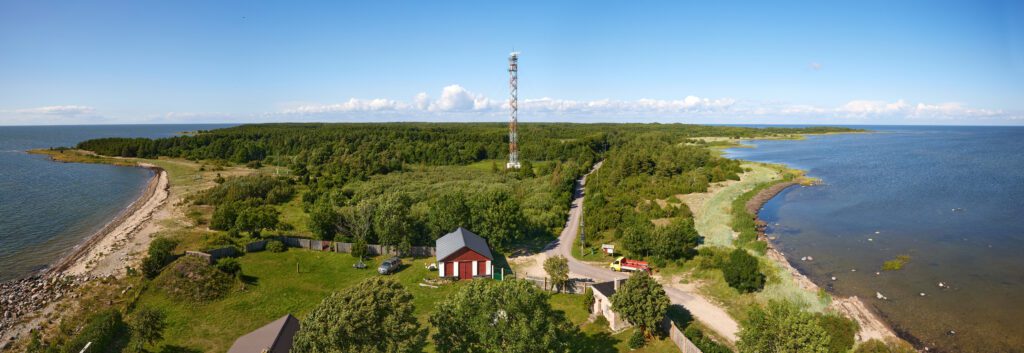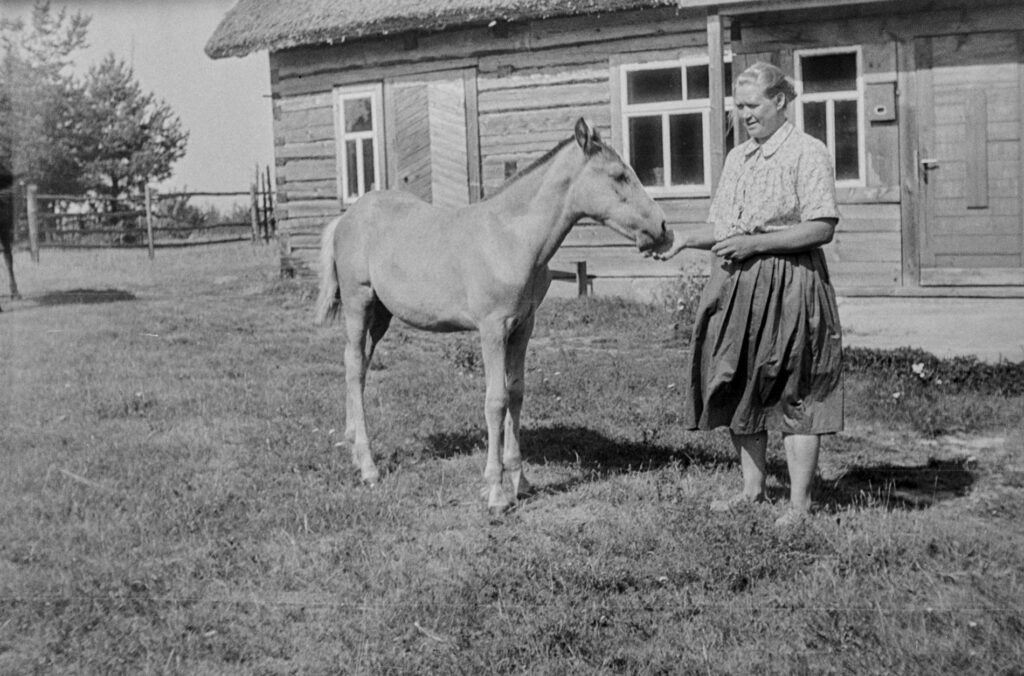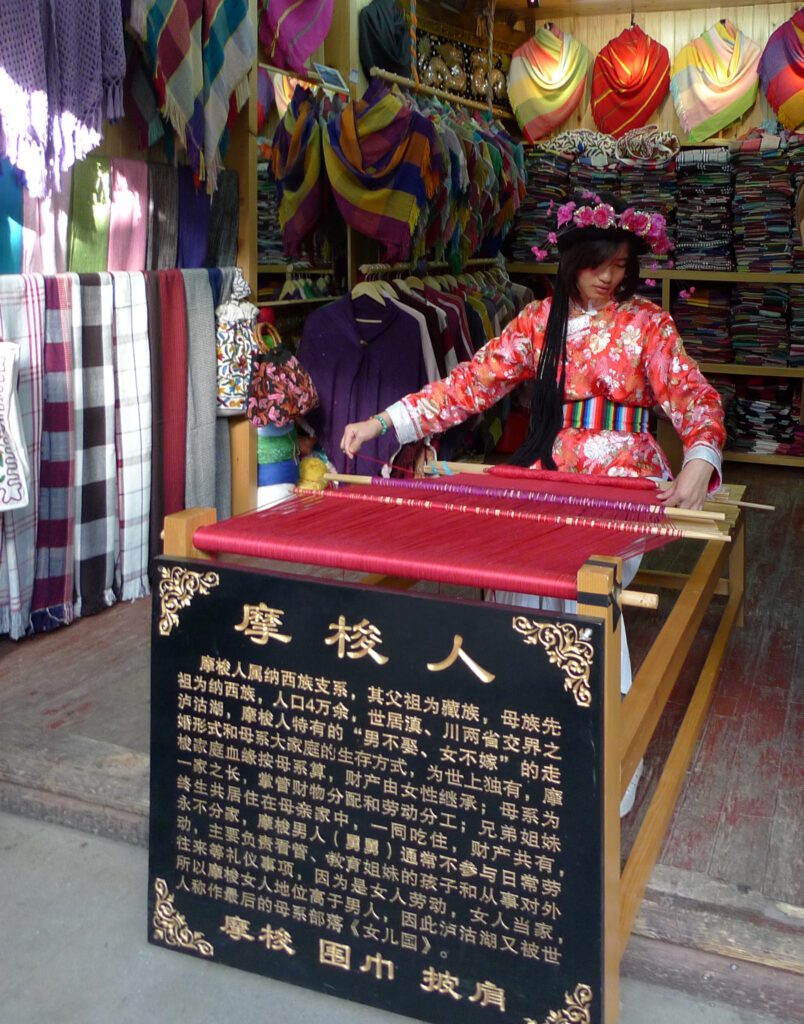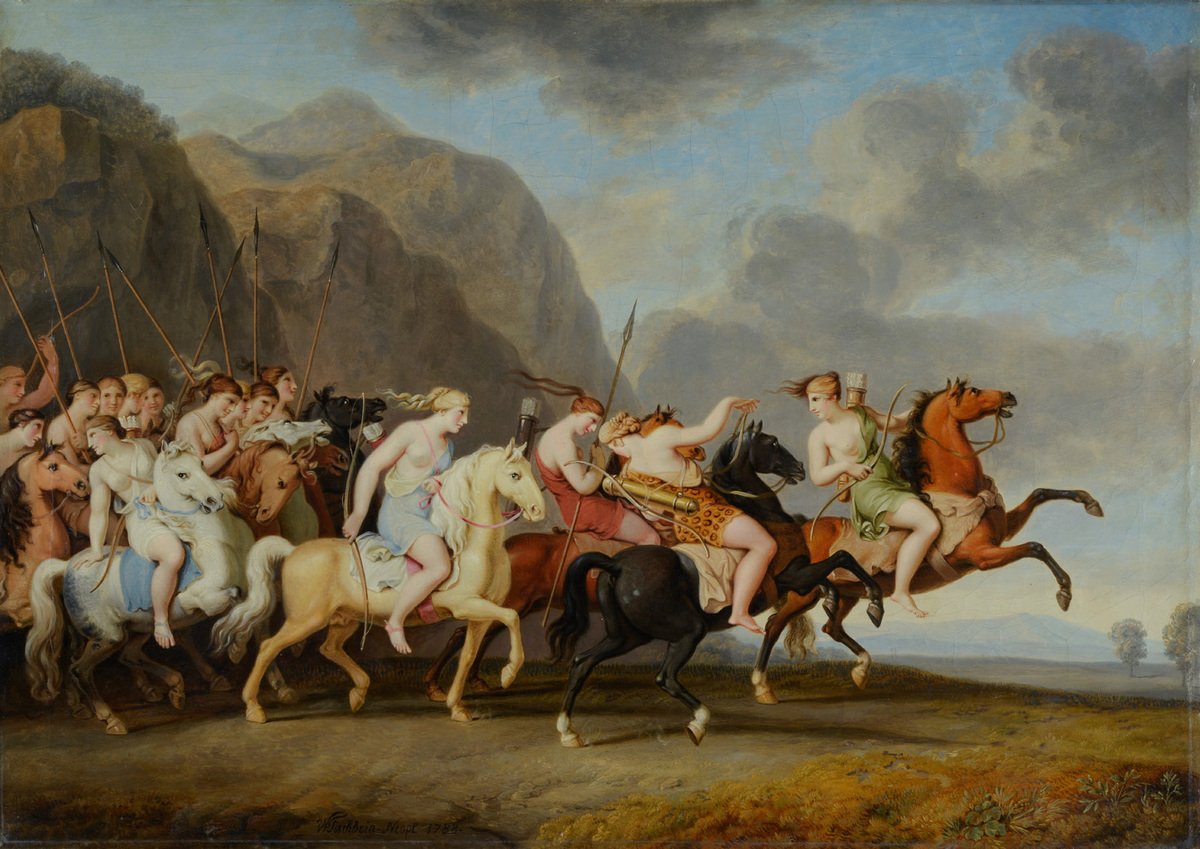The tiny Baltic Sea island of Kihnu is one of the seven largest in Estonia with a population of 686 people. In the early 2000s Norwegian photographer and fashion designer Anne Helene Gjelstad first visits Kihnu for her photography project. She notices that the women of Kihnu Island take care of most of the duties while the men are away fishing and hunting. This observation made her describe Kihnu as “the last matriarchal society in Europe”. In the wake of this observation, The Guardian publishes the article “Where women rule: last matriarchy in Europe – in pictures”. Shortly after, the BBC publishes an article calling Kihnu “Europe’s last surviving matriarchy”. Since then, dozens of other news outlets have jumped on the bandwagon, celebrating Kihnu as Europe’s last surviving matriarchy.


These media organisations seem to understand that since women “run the show”, the Kihnu sub-society must be a matriarchy. What do they mean by running the show though? Since the men are away from the island—either fishing or hunting—the responsibilities of the day-to-day tasks fall on the women who stay at home. These women have had to spend their lives trying to survive, raising children, making clothes, and ploughing the fields. Does this seriously qualify as a matriarchy?
In their article on Kihnu, The Guardian continuously refer to Kihnu women as strong, independent, and having gone through the hardships of Soviet occupation. At the same time, The Guardian manages to fit the word “matriarchy” into the same paragraph describing women who were unable to find a husband as not “as valuable as the other women”. The article describes marriage as an important social status for women in the Kihnu society. However, it seems to misconstrue the whole concept of matriarchy.


The reality is different. Silvia Soide came to Kihnu from Vancouver to discover her roots. According to her, except for Kihnu women living longer and getting more media attention, she has not witnessed the so-called Kihnu matriarchy. “In reality, the mentality is that you as the woman sit at home, but the man can do what he wants,” she says. Lohu Ella, one of the women also mentioned in The Guardian article, said that she had only left the island a couple of times in her life. Her husband barely allowed her to walk around on the island. She remarked: “Naine olgu ikka kodo!”—which roughly translates to “A woman should, of course, stay at home”.
Moving from the Baltic Sea to Southwest China—about 40,000 Mosuo people live in the Yunnan and Sichuan provinces. This is a society where aspects of matriarchal structures truly exist. The Guardian refers to this society as “the kingdom of women”. One of the main reasons for this is the concept of a “walking marriage” which allows women and men to have as many partners as they want without committing to an official marriage. Moreover, in this society, women are the ones who decide to start or continue relationships with men. Society does not look upon unmarried women judgmentally, which drastically contrasts with Kihnu’s “matriarchy”. At the same time, women are the head of the family and property is inherited through the female lineage. They also tend to take charge of business decisions. These aspects make Mosuo a society with matriarchal elements. This frees them from many of the barriers faced by most women in highly patriarchal societies. However, for the Mosuo, if an unmarried woman isn’t looked upon judgmentally, then a childless woman is. Yet, one point that disqualifies Mosuo from being a “true matriarchy” is that political power is still primarily in the hands of men.


Cambridge Dictionary defines the word “patriarchy” as “a society in which the oldest male is the leader of the family, or a society controlled by men in which they use their power to their own advantage”. Consequently, a “matriarchy” can simply be defined using the same definition and replacing “male” with “female” and “men” with “women”, right? Well, no… according to Cambridge “matriarchy” is defined as: “a type of society in which women have most of the authority and power, or a society in which property belongs to women and is given to children by women rather than men”. Even the Cambridge Dictionary’s definition of “matriarchy” seems to give less power to women than men, at least when comparing them side by side.
There are more examples of societies like Mosuo that hold traits of a matriarchy. Kihnu isn’t one of these. Until very recently many anthropologists debated if actual matriarchies ever existed in the history of humanity. In the book “The Invisible Sex: Uncovering the True Roles of Women in Prehistory” it is written that “there is not yet any archaeological or ethnographic evidence anywhere of what could be called an actual matriarchy”. It is argued that though there is matrilineality—family lineage passed through the mother’s line—this does not by itself lead to a political system where women are in charge of the existing political order in a way that men have historically, and in many places continue to be. Perhaps people have been confusing matriarchy with matrilineality and matrifocality—a family where the mother is the head of the household.
So, what is the true meaning of matriarchy?
By Anna Fomina & Joosep Raudsepp
February 20, 2024
This article is an opinion piece whose contents represent the standpoint of its author and not UPF Lund or The Perspective’s editorial board.








